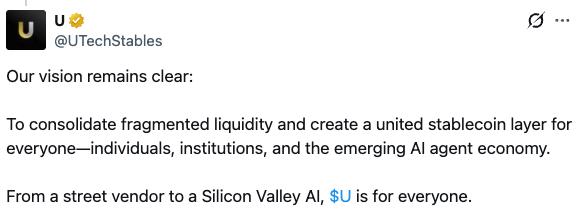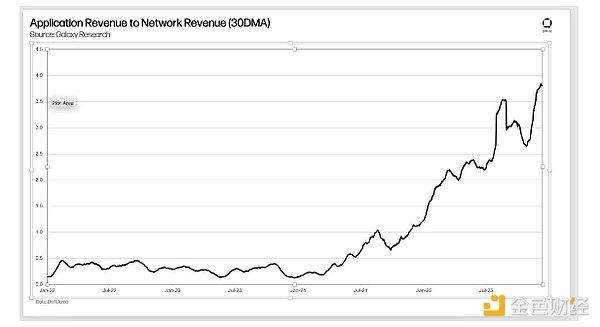Original article from The Defi Report
Translated | Odaily Golem (@web3_golem)

Editor's Note: In early March, researchers from The Defi Report believed that January 2025 was the peak of this bull market, and the market has now entered a bear market that will continue for 9-12 months (related reading: Solid Evidence, We Are Entering a Bear Market). Looking back at Bitcoin's performance in 2025, Bitcoin hit a historical high in January, but then dropped 17.67% in February, with a monthly closing price of $84,339. As March is about to end, if there are no major fluctuations in the next two days, the March closing price should be between $85,000-$86,000, which means Bitcoin has been in a sideways consolidation phase throughout March.
So, what will be the future trend of Bitcoin and the entire crypto market? Given the constantly changing market conditions, the researchers from The Defi Report have reassessed the market, but still maintain the view that we are in the early stages of a bear market, rather than a short-term consolidation. Odaily will translate their full market analysis below, take care.
[The rest of the translation follows the same professional and accurate approach, maintaining the original structure and meaning while translating to English.]After gaining profits in the first and fourth quarters of last year, long-term holders are buying the dips (green on the rightmost side of the chart). However, this does not necessarily mean we are at the new bottom of this cycle. We can see similar situations in the early stages of past bear markets, where investors quickly buy the dips before prices ultimately fall and get trapped.

Data: glassnode
Bitcoin Trading Volume
Bitcoin's trading volume significantly decreased in March, with an average daily volume of $9.6 billion, lower than the level before the US election. The daily trading volume has been declining for four consecutive months, similar to the period from November 2021 (the previous cycle's price peak) to February 22, 2022.

Data: glassnode
On-Chain "Animal Spirits"
This section assesses the "Animal Spirits" on Solana, where the crypto casino played a role in this cycle. (Odaily note: Animal Spirits refer to the impact of investors' confidence, sentiment, and psychological expectations on market decisions. This concept was first proposed by Keynes in "The General Theory of Employment, Interest, and Money" (1936), where he used "animal spirits" to describe investors' intuition, impulse, and optimistic emotions when facing uncertainty)
DEX Trading Volume

The average daily DEX trading volume on Solana has dropped by about 80% in the past month, decreasing by 95% from its mid-January peak. During the same period, Ethereum's DEX trading volume dropped by 45%, and Base's DEX trading volume dropped by 65%.
New Listed Tokens

Solana added an average of about 24,000 new tokens daily over the past week, down about 60% from the peak in late January, but similar to the levels from late September to early October last year.
Nevertheless, 24,000 tokens per day is still significant, and animal spirits have not completely disappeared. A more intuitive metric is the number of daily "graduated" tokens, with Solana currently having about 175 tokens "graduate" daily, down about 85% from the peak of 1,100 per day.
Macro Concerns Persist
Besides Bitcoin's price trend losing its upward momentum, Bitcoin's trading volume and ETF flows have also significantly decreased. The reduction in DEX trading volume, token issuance decline, and BTC's negative funding rate further confirm the weakening of the bull market trend.
Lastly, if prices continue to develop unfavorably, the potential unwinding of hidden leverage from the two largest Bitcoin purchase sources (ETF and Strategy) could trigger a black swan event.
However, if the market has a favorable catalyst, the situation might improve. But macro concerns still persist.
Global Liquidity: 2024's Momentum May No Longer Be Effective

Data: Cross Border Capital
Global liquidity is rising but at a slower pace. The two key factors driving growth are a weakening US dollar and improved central bank liquidity, especially from the People's Bank of China, with the Federal Reserve being more cautious.
The risk is that the "hidden quantitative easing" driving 2024 through reverse repos and early new bond issuance may not exist this year. Additionally, US fiscal liquidity (Doge) might also decrease.
Last Week's Fed FOMC Meeting Was Not Dovish
The Federal Reserve maintained interest rates as expected last week, but other clues in the meeting can help us predict the market's short-term direction:
The Fed lowered this year's GDP growth forecast from 2.1% to 1.7% and raised the inflation forecast from 2.5% to 2.8%. This is concerning, as they essentially indicate potential stagflation.
QT reduced from $25 billion to $5 billion monthly. This might be marginally beneficial to liquidity but not a catalyst for a new risk appetite cycle.
Expected to cut rates twice this year, stabilizing at 3.9% by December. Although unchanged from the last meeting, the number of Fed officials expecting one or fewer rate cuts increased from 4 to 8, potentially indicating a hawkish shift. Additionally, the number of officials expecting three or more rate cuts decreased from 5 to 2, also suggesting a hawkish turn.
In summary, this was likely not a dovish meeting, at most neutral.
In Conclusion
Based on the information above, we believe the market is still more likely pointing towards a prolonged bear market rather than a short-term consolidation before another rally. Of course, everyone wants to buy more of their favorite crypto assets, and we just believe we might be able to purchase them at more favorable prices later this year.







